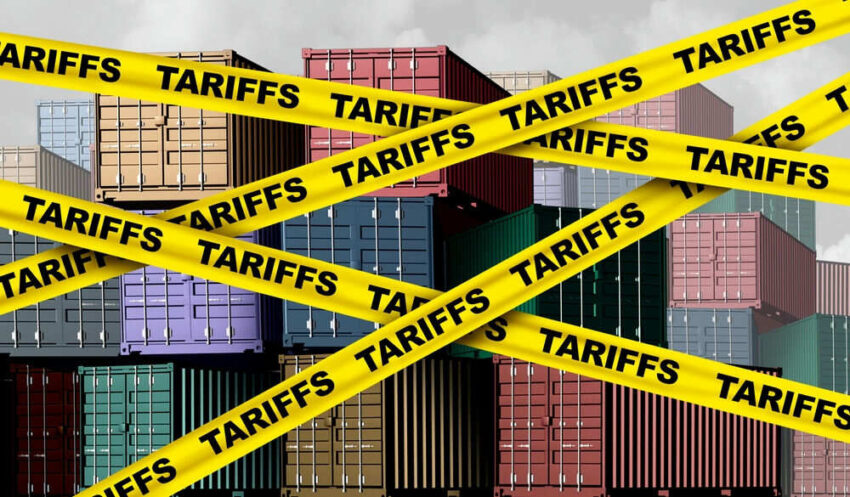In a bold move, President Trump is set to send tariff notices to 150 countries, shaking the global trade landscape to its core.
At a Glance
- Trump revives aggressive tariff policies, impacting global trade.
- Tariff notices to 150 countries threaten international economic stability.
- Major U.S. retailers warn of price increases and product shortages.
- Concerns rise over potential inflation and supply chain disruptions.
Reviving Aggressive Tariffs
President Donald Trump is reigniting the trade policy flames with his decision to send tariff notices to 150 countries. This announcement marks a significant turn as the Trump administration doubles down on its economic nationalism agenda. The tariffs, once a hallmark of Trump’s first administration, are back with a vengeance, with steel and aluminum tariffs already raised to 25% earlier this year. Now, the President is taking it a step further by targeting almost every trading partner globally, citing national security and economic sovereignty as the driving forces behind these measures.
The global economic environment of 2025 is already strained with heightened protectionism and disrupted supply chains. Adding to this volatile mix, the U.S. plans to impose a baseline 10% tariff on nearly all imports, effective immediately. The implications of such sweeping action are immense, with the potential to send shockwaves through international trade and economic relations. This bold strategy is reminiscent of the Smoot-Hawley Tariff Act of 1930, which led to a global trade contraction during the Great Depression. The stakes are high, and the world is watching closely.
Impact on U.S. Economy
The effects of Trump’s tariff strategy are already being felt at home. Major U.S. retailers and manufacturers have sounded the alarm, warning of inevitable price hikes and product shortages. The U.S. Trade Representative and the Office of Management and Budget are tasked with implementing these tariffs and assessing their fiscal impact. However, it’s the American consumer who will bear the brunt of these decisions. Higher prices on imported goods, from electronics to everyday essentials, are likely to squeeze household budgets and strain the average American family.
Moreover, the stock and bond markets have reacted negatively to the tariff announcements, reflecting investor anxiety over trade disruptions. The fear is that these trade policies, while aimed at protecting U.S. industries, could backfire by reducing global competitiveness and inviting retaliation from affected countries. The risk of sustained inflation looms large as higher import costs trickle down to consumers, potentially leading to an increased cost of living, especially for lower-income households.
Global Repercussions
On the international stage, the response has been swift and severe. Foreign governments, particularly those in China, the EU, and Canada, have responded with their own tariffs and trade barriers, setting off a cycle of retaliation that could escalate into a full-blown trade war. The potential for a global economic slowdown is real, as reduced trade volumes and increased tensions strain international relations.
In this high-stakes game, the Trump administration holds the executive authority to impose tariffs, yet it faces significant pushback from business leaders and some lawmakers within the U.S. While President Trump boasts of collecting over $100 billion from these tariffs, the broader economic ramifications cannot be ignored. Critics argue that these measures could lead to a realignment of global supply chains away from the U.S. market, diminishing America’s role in the global economy.
Sources:
Click this link for the original source of this article.
Author: Editor
This content is courtesy of, and owned and copyrighted by, https://libertynewsalerts.com and its author. This content is made available by use of the public RSS feed offered by the host site and is used for educational purposes only. If you are the author or represent the host site and would like this content removed now and in the future, please contact USSANews.com using the email address in the Contact page found in the website menu.








